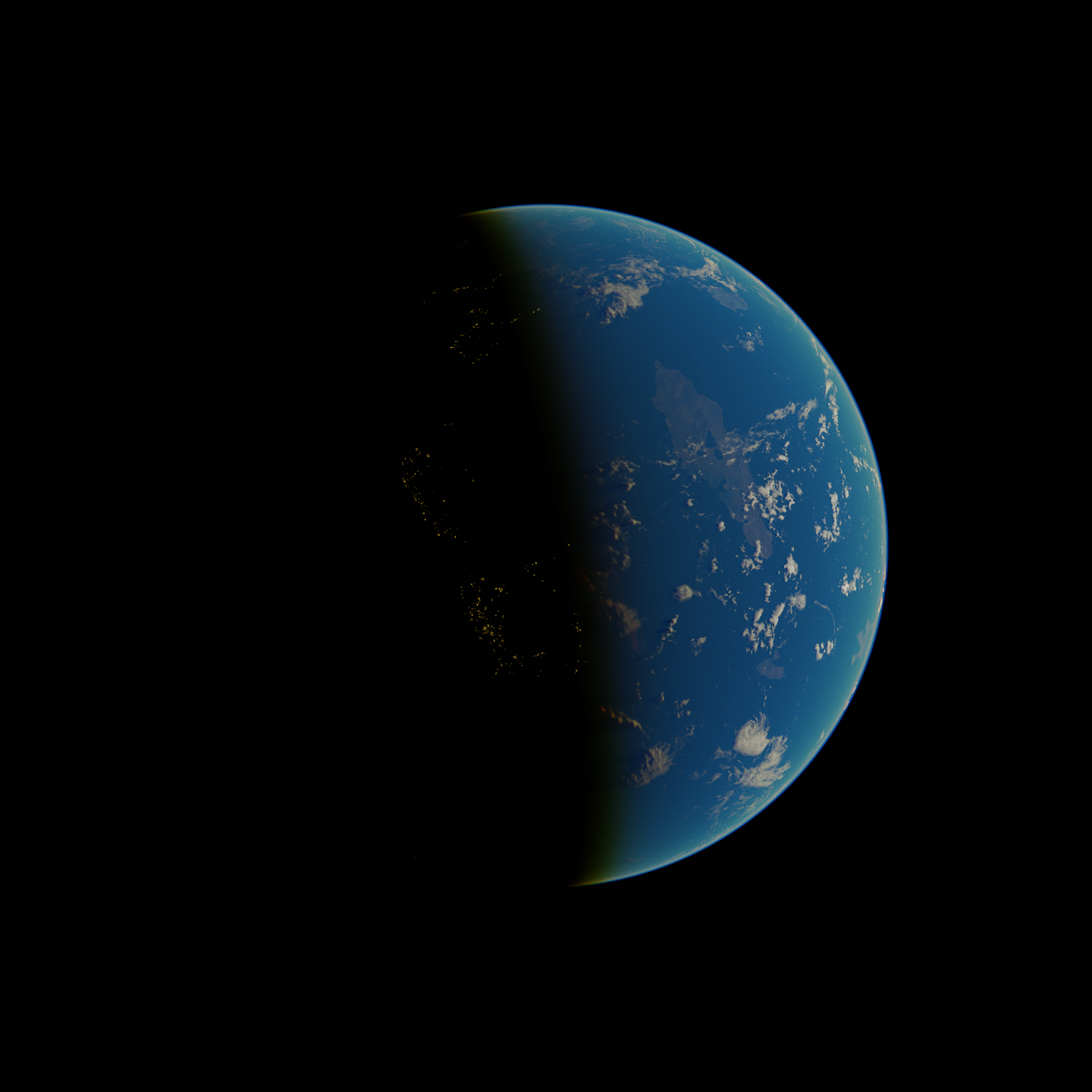Laythe: Difference between revisions
mNo edit summary |
mNo edit summary |
||
| Line 29: | Line 29: | ||
}} |
}} |
||
| − | Laythe is the first moon of Jool and one of only two bodies in the Kerbol System to sustain liquid surface water. Aside from Kerbin, it is the only celestial body known to possess an oxygen rich breathable atmosphere. Approximately 87% of the moon's surface is covered by oceans. Laythe is locked an orbital resonance with the two other largest Joolian moons, [[Vall]] and [[Tylo]]. |
+ | Laythe is the first moon of [[Jool]] and one of only two bodies in the Kerbol System to sustain liquid surface water. Aside from Kerbin, it is the only celestial body known to possess an oxygen rich breathable atmosphere. Approximately 87% of the moon's surface is covered by oceans. Laythe is locked an orbital resonance with the two other largest Joolian moons, [[Vall]] and [[Tylo]]. |
While fossil records of large indigenous aquatic organisms have been found, when the moon was first landed on in 2054 by [[Grestin|Grestian]] settlers it was found to be devoid of all life. Since falling under the jurisdiction of the [[Joolian Federation]], several ecosystem seeding projects have been carried out, and Laythe now supports small patches of free growing vegetation and animal species. |
While fossil records of large indigenous aquatic organisms have been found, when the moon was first landed on in 2054 by [[Grestin|Grestian]] settlers it was found to be devoid of all life. Since falling under the jurisdiction of the [[Joolian Federation]], several ecosystem seeding projects have been carried out, and Laythe now supports small patches of free growing vegetation and animal species. |
||
Revision as of 23:39, 24 October 2022
Laythe is the first moon of Jool and one of only two bodies in the Kerbol System to sustain liquid surface water. Aside from Kerbin, it is the only celestial body known to possess an oxygen rich breathable atmosphere. Approximately 87% of the moon's surface is covered by oceans. Laythe is locked an orbital resonance with the two other largest Joolian moons, Vall and Tylo.
While fossil records of large indigenous aquatic organisms have been found, when the moon was first landed on in 2054 by Grestian settlers it was found to be devoid of all life. Since falling under the jurisdiction of the Joolian Federation, several ecosystem seeding projects have been carried out, and Laythe now supports small patches of free growing vegetation and animal species.
A large circular archipelago covering over a third of the moon's surface area suggests that in the past Laythe was involved in a massive collision with another body, likely during the period of events that formed the Joolian system as it is today.
